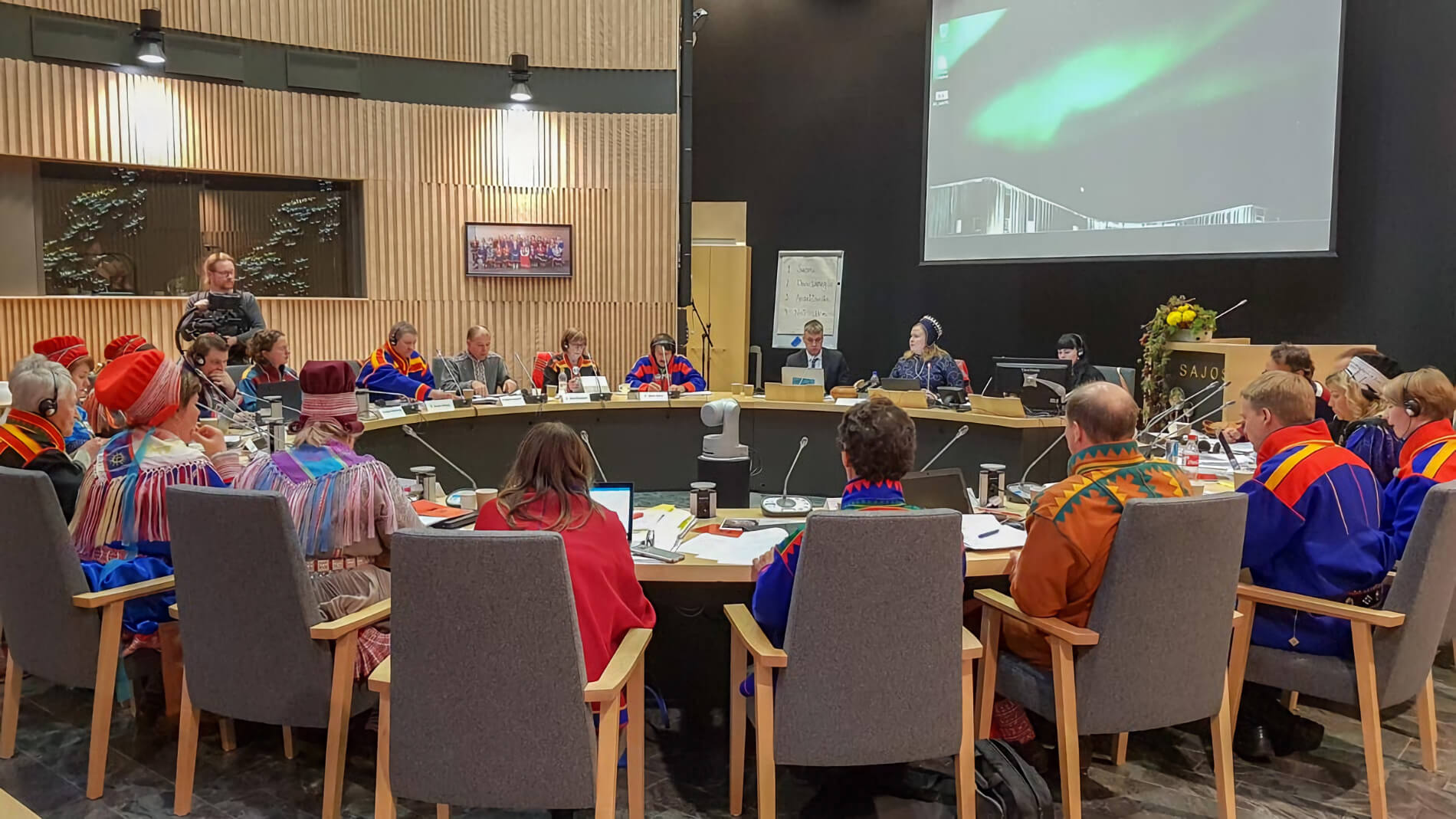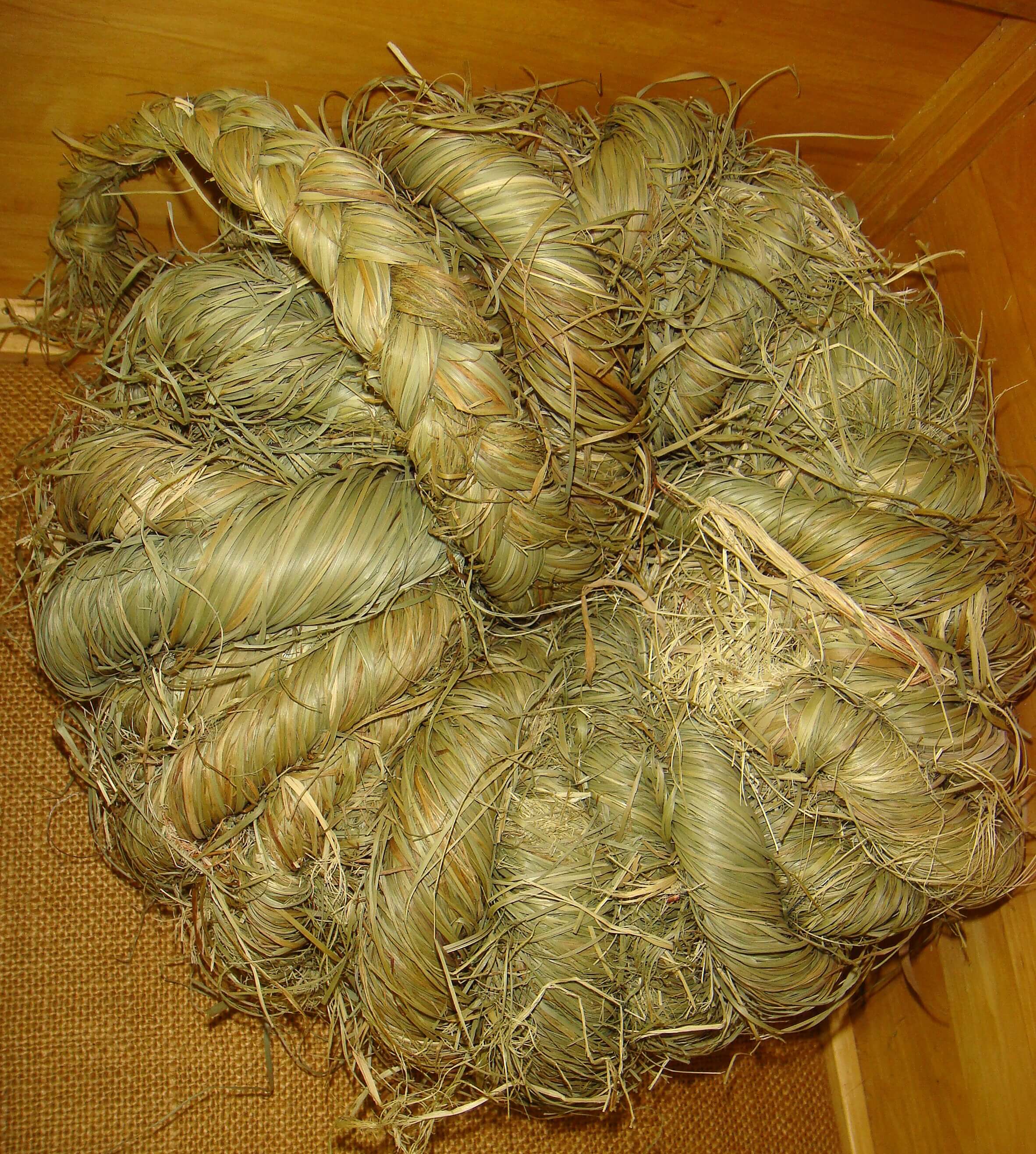European societies have never been static, and transformation continues in the 47 members and one state candidate of the Council of Europe (COE): from Iceland in the North Atlantic to Eurasian Russia and Turkey in the East. Political and economic upheavals and war have spurred migrations to and within Europe over the centuries. The churning of European populations and influx of migrants have rendered some indigenous peoples minorities and created societies that are rich in ethnic, linguistic, and cultural diversity.
Some indigenous peoples in Europe have long experienced pressure from newer arrivals whose cultures have become dominant through some combination of shifting numerical majorities, overt policies of assimilation, economic disparities and imperialism. Today such indigenous groups generally have similar interests in cultural preservation, language rights, political representation, access to justice and, often, land rights.
Minority Rights Group International, World Directory of Minorities and Indigenous Peoples




